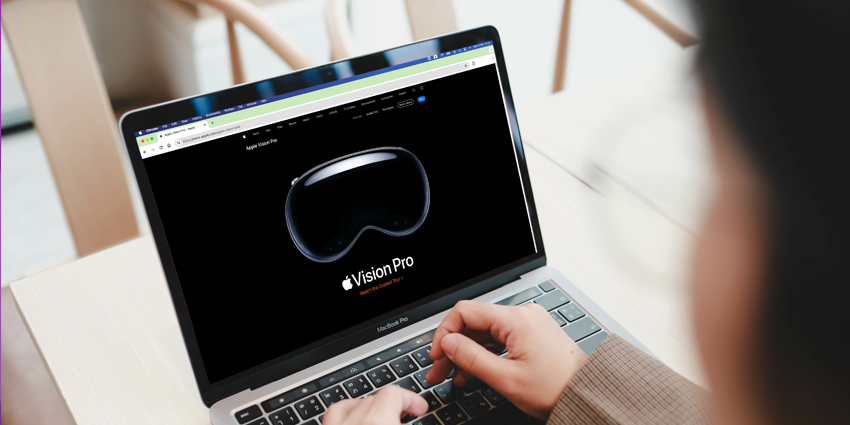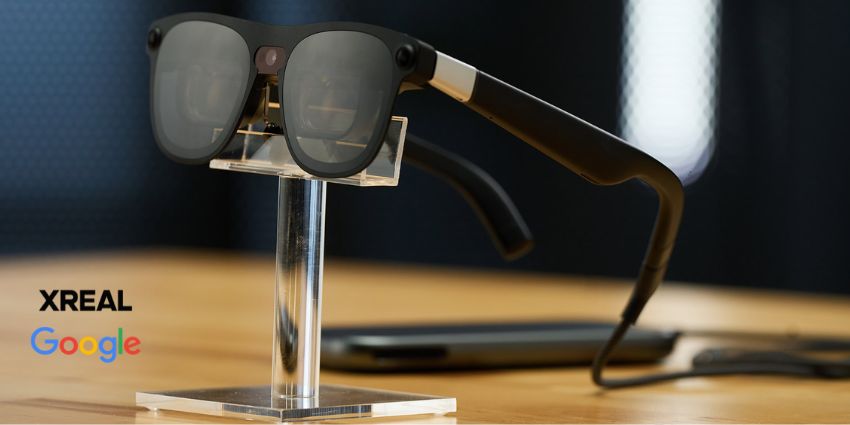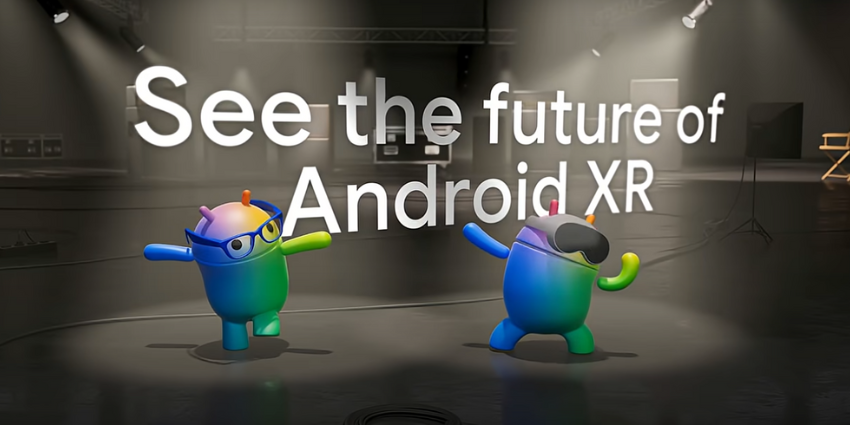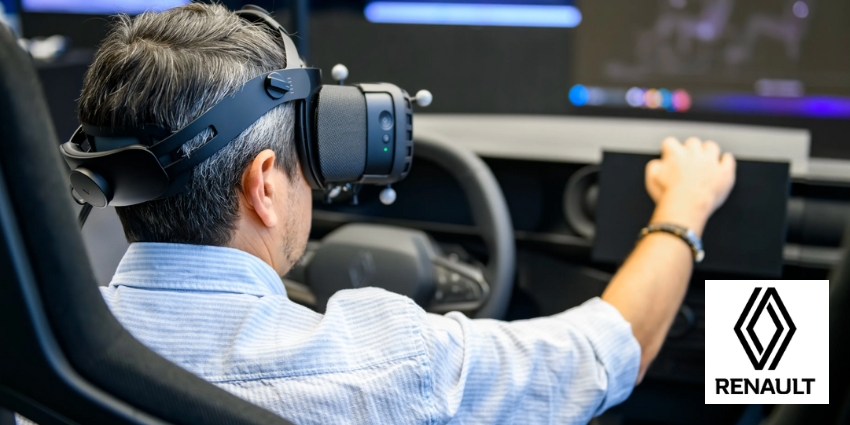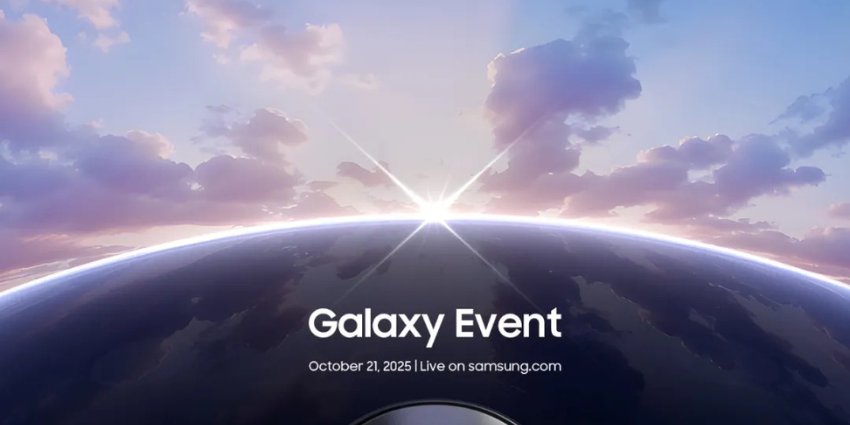Last week, Apple introduced its first public update to its debut XR device, improving many core features as the firm starts its spatial computing journey.
The Apple Vision Pro was only released last month, and Apple is already moving forward to optimise the product for early adopters.
Apple also released version 1.1 as a beta on February 8, meaning the firm’s developer-facing updates are a great insight into future Vision Pro iterations. Following its beta stage, the version 1.1 update is now available to the general public.
Version 1.1: What’s’ New?
In version 1.1, Apple has notably improved performance, application usage, and the device’s persona system.
For enterprises, Apple is improving enrollment for application access. According to reports, Apple is supporting workers undergoing account-driven enrollment.
Workers can use new Vision Pro procedures such as installation, managing Apple IDs, networking, and providing support for services like Exchange and Google Workspace.
The latest update for Vision Pro users also provides more control over 3D asset interaction, allowing for easier manipulation of spatial objects and closer interaction with 3D assets – essential for small office/work-from-home environments and other on-the-go use cases.
The 1.1 update enhances this feature by introducing an updated near-user boundary for volumetric scenes. This update allows users to move the volumetric scenes much closer than in the previous version, enabling easier direct interaction with the volumetric scene content.
Vision Pro also features a persona feature that tracks a user’s facial movements and eyes to create a digital twin known as a Persona. However, the feature’s early stages have faced criticism for its uncanny valley qualities.
Lastly, new SwiftUI frameworks enable a coordinated spatial environment and placement of 360 immersive applications. The 1.1 update for Vision Pro improves application placement and tracking of environmental changes.
The Vision Pro is still early in its life-span. The device has yet to hit markets outside of the US, so it’s fair to say that Apple is optimising the Vision Pro experience ahead of scaling.
Apple’s Breakthrough in XR
The Vision Pro took its debut month by fire. While the device’s high price point and region lock stop many from accessing the product, Vision Pro news fills the headlines as Apple looks to take over the immersive space.
Apple’s entry makes many industry leaders take note and express optimism towards the fresh eyes that Apple brings to the space.
At MWC last month, Shen Ye, Global Head of Product at HTC VIVE, explained that Apple “validated everything” HTC VIVE invested in, including the firm’s hardware, platform, and infrastructure.
Ye added, “we’ve seen a lot more interest in this space and even this show (MDC 2024). We’ve had a tonne of people come through and do demos, and it’s been really rewarding to see people actually getting into the VR space because of someone as big as Apple getting into the game.”
Moreover, lead Vision Pro competitor Meta took note of Apple’s product. CEO Mark Zuckerberg said different companies make different design decisions for the headsets they design, “they have different strengths but overall Quest better for the vast majority of things that people use mixed reality for.”
On the developer side, digital solution provider heavyweight AWS is creating a platform to support spatial computing application creation and deployment. AWS details how developers can efficiently develop XR applications by leveraging Amplify to access AWS API services such as log-in services, cloud storage for 3D assets, and query-associated metadata.
It appears that Apple could be working XR towards its mainstream moment; between the extensive application options available on the device’s digital storefront and the device existing within new and exciting use cases such as in-flight entertainment, the dominos could fall towards an interesting future.
However, success in optimising hardware, such as Apple’s latest update, is crucial to ensure a positive user experience and, therefore, adoption.
